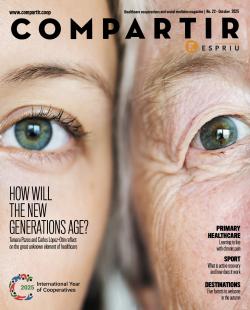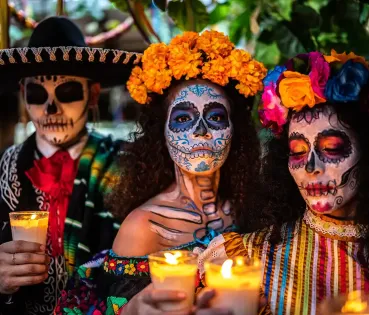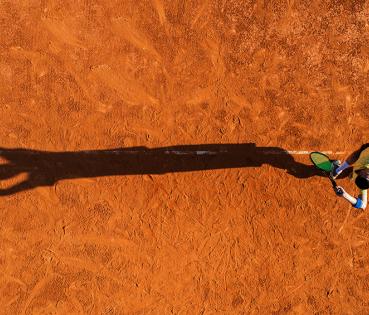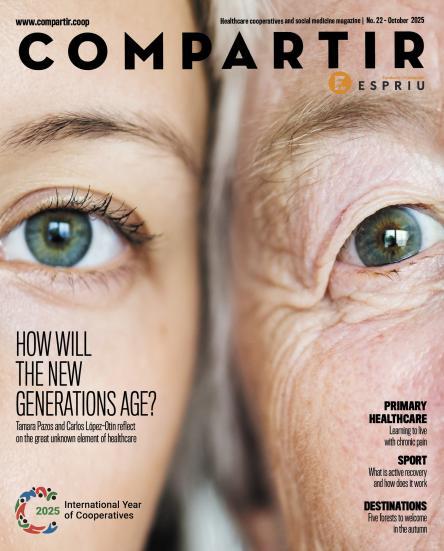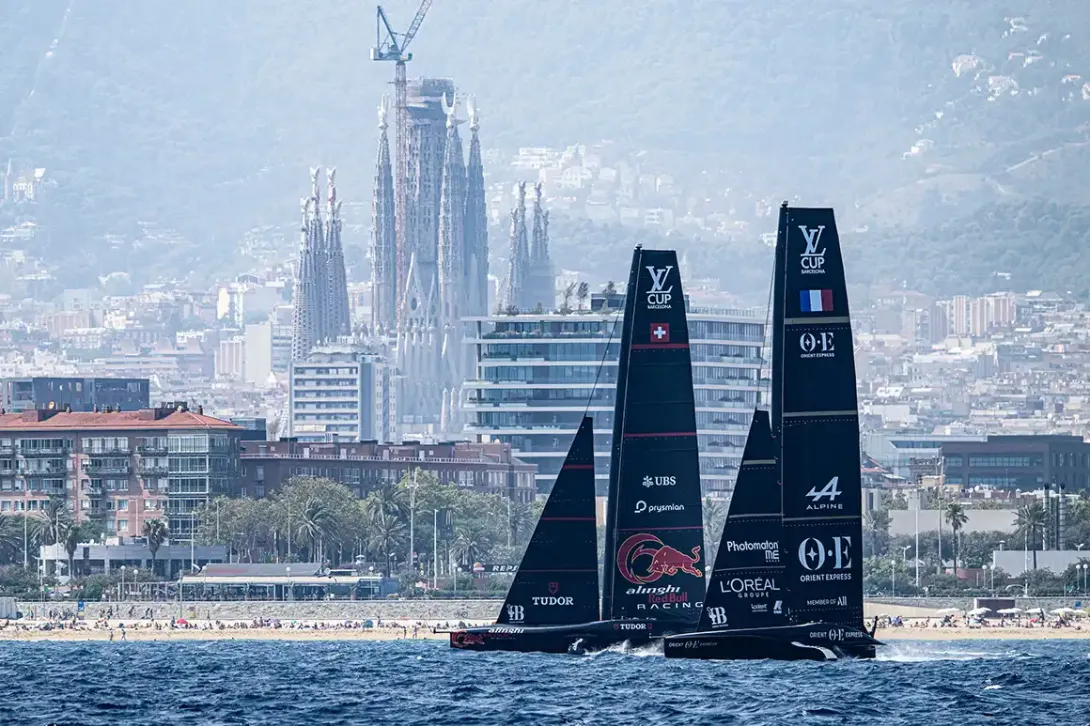
The Americas Cup: a spectacle of wind, salt and speed
The oldest sporting competition in the world arrives at the Catalan capital city to offer a spectacle that has charmed lovers of the sea and speed from all over the world.
In 1851, the Royal Yacht Squadron, at the request of Queen Victoria, challenged the New York Yacht Club to a regatta. The yacht ‘America’ reached such a speed that, on its arrival at the finishing line, it was impossible to distinguish any of its fourteen competitors by the naked eye. After this first competition, there have been 37 editions over its 173 years of history; 25 of them marked by the complete dominion of the New York Yacht Club, between 1851 and 1983.
For each edition the protocol is always the same: a nautical club challenges the one that at that moment holds the title and, once the challenge has been accepted, all the clubs around the world who want to take part, join them. This year it is the INEOS Britannia who have challenged the Emirates Team New Zealand and, as tradition demands, the defenders have chosen both the yacht model (AC75 catamarans, which they used in the previous edition) and the location where the competition will take place.
Its port infrastructure, its capacity to accommodate international events and its attraction for tourists have made Barcelona the preferred place for it to be held. Additionally, an important investment of public money, along with some expectations of return that seem to point towards it being an event that will mark the future of the city, as occurred with the 1992 Olympic Games.
An international following
The Louis Vuitton Cup is the group phase in which the challenging clubs face each other to reach the grand final and challenge the team that holds the title, the Emirates New Zealand, between the 12th and the 21st of October. Over the months of August and September a first phase of groups and the two semi-finals have been held, in which the teams have faced, in addition to the already mentioned New Zealanders and British, the teams of Alinghi Red Bull Racing, from Switzerland; Luna Rossa Prada Pirelli from Italy; Orient express Racing Team, from France, and the historic leaders of the championship, the New York Yacht Club, who this year are sailing under the name ‘American Magic’. Parallel to the Louis Vuitton Club, the competition for the juvenile and women’s categories are also held, where we can find the city’s representation with the team Sail Team BCN.
The main attraction of these regattas is, without any doubt, the spectacular view offered by the ultra-rapid AC75 catamarans. Thanks to their foils, the vessels reach speeds of around 100 km/h, floating and even flying above the water. A technical prowess that reminds us that it is in this type of competition, where thanks to the healthy rivalry between countries innovation, enterprise and technological progress are promoted.
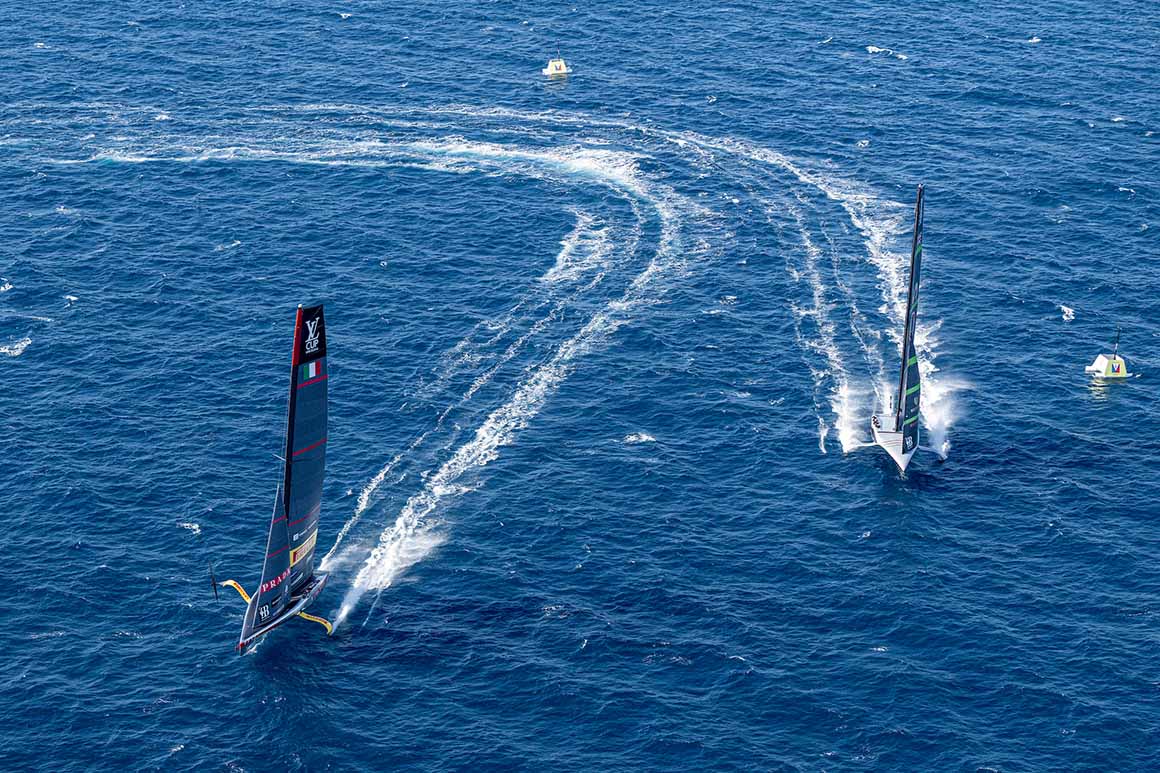
An economic investment for the future
Both the city council and the event organisers insist that it will boost the idea of sailing for the population. In spite of having almost 600 kilometres of coastline, sailing and water sports are not very popular in Catalonia. Even so, the organisation wants to remove the image of elitism and exclusivity which often surrounds water sports. Although it is true that the materials and above all, the vessels involve a very high cost, the creation of infrastructures for holding the competition, which will continue to be used once the event is over, may work as a driver for schools to promote sailing amongst people from all social classes.
Aware of the expectation that this championship generates and without forgetting the idea of making the population take part, during the time of the championship different screens have been installed all along the Barcelona coastline, as well as two ‘fanzones’ for following the development of the different regattas. The television broadcasting has also been on open air, making it accessible for the general public.
Over the competition, it is estimated that over 2.5 million spectators could have enjoyed the spectacle in the city itself, including local people and tourists. An important affluence for which the city council has prepared with an investment of over 50 million euros. A significant amount which, according to the calculations carried out by the Universidad Pompeu Fabra, is estimated could mean a return of 1,200 million euros for the city.
